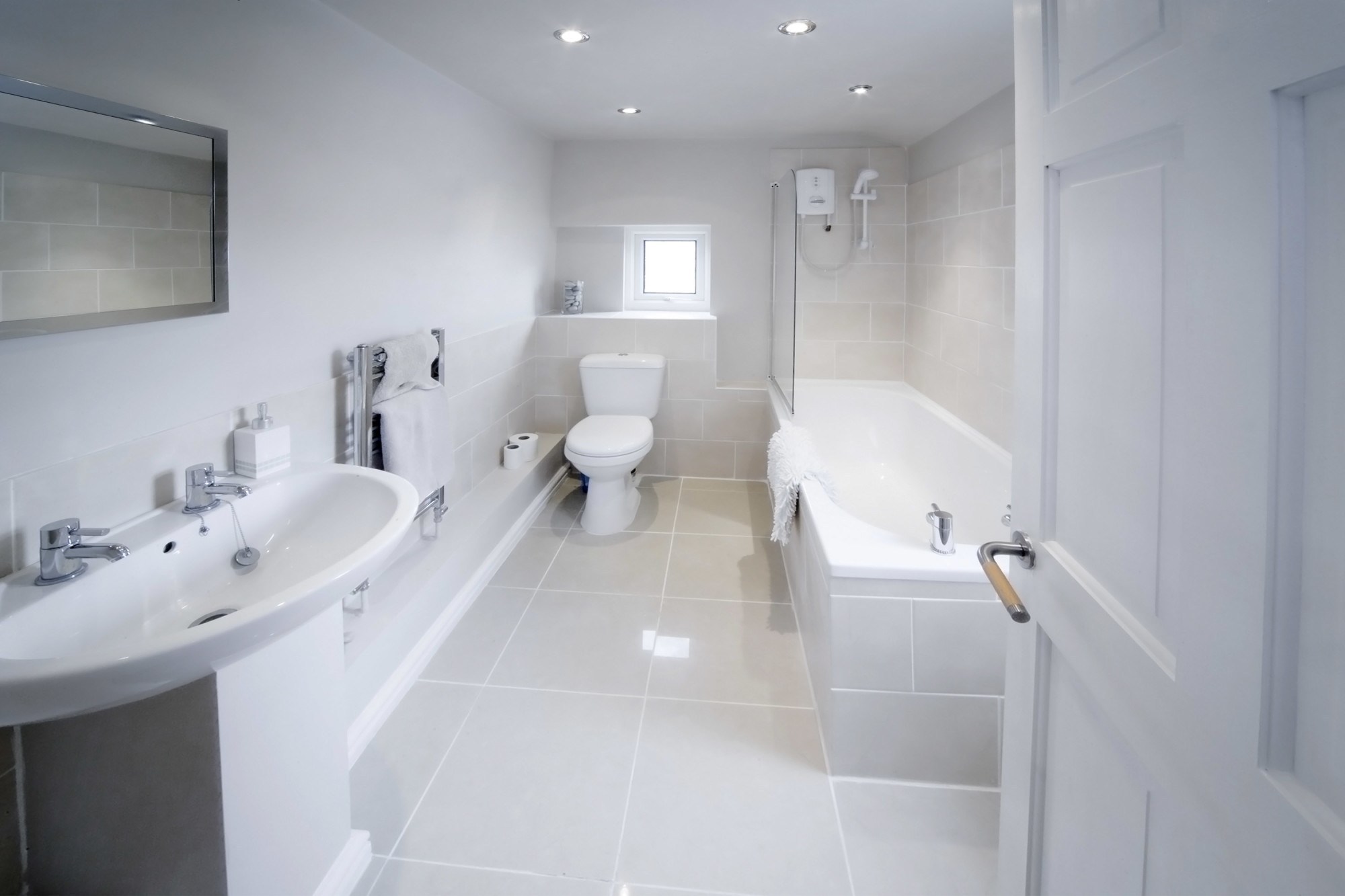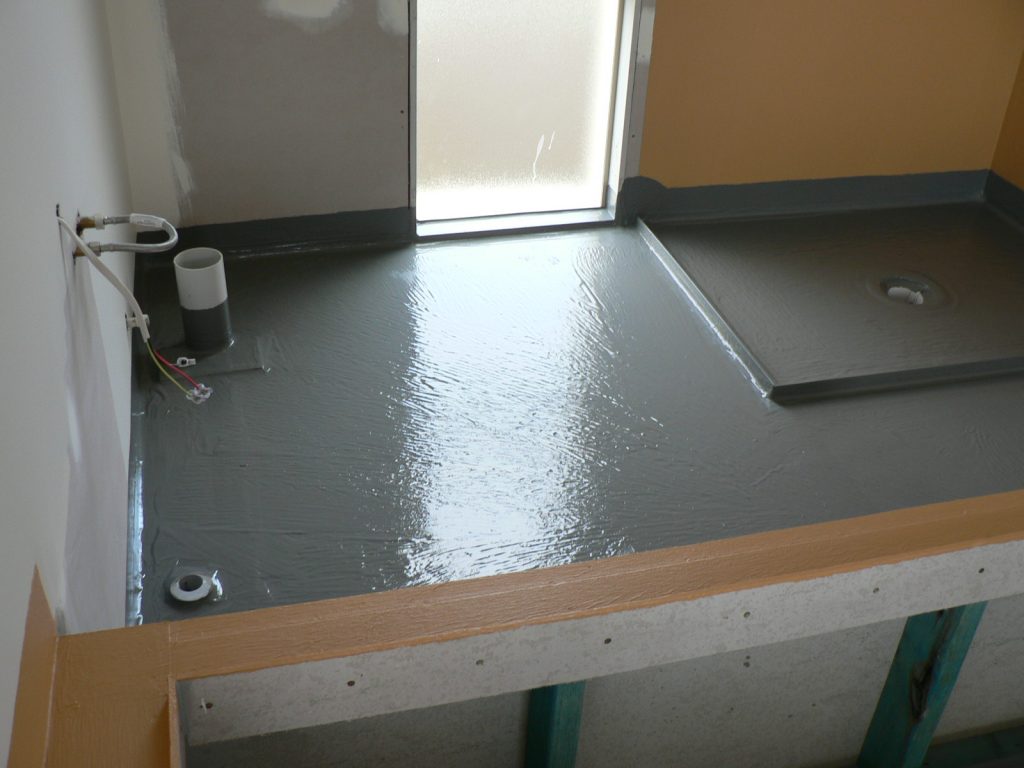How to Waterproof a Bathroom!

Water is the basic component in a space like the bathroom. Basic issues, for example, leaks or water losses, are regularly the result of a terrible installation, an ineffectively done reform or the progression of time that weakens the materials. Before utilizing the bath, the shower tray or if you have recently installed a built-in shower, it is essential to ensure that there are no leaks and that everything is isolated. Choosing the most fitting materials, doing appropriate maintenance and regular bathroom cleaning, help make waterproofing bathrooms and showers safe.

In spite of the fact that there are numerous materials for wall tiles and flooring, the most widely recognized is to pick tiles in the bathroom. It is a modest and safe other option, given the properties of the tile, it is the ideal material in a spot where water and humidity are normal and where more water leaks happen. Here are some tips so the waterproofing bathrooms and showers is guaranteed.
Waterproofing bathrooms walls
The water from the shower sprinkles all over, putting a screen or a drapery is the standard thing to not wet out. The walls of tile or with a plaster finish, for later painting or decorating, need a treatment to repel water and not cause humidity and water leaks.
Waterproofing tile wall
When tiling bathroom walls or shower lining, consider waterproofing with this material. In any case, both the base and the joints or joints can turn into the source of water leaks if they are not all well-made or are inadequately maintained.
The tile covering goes over a concrete or mortar grout.
- Waterproof this layer by adding a latex-based emulsion, what’s more, it gives it a versatility that encourages the fixing of the tiles.
- Place the tiles with a concrete paste or cementitious glue that withstands moisture.
- Once the bathroom or shower wall tiles have been installed, apply a waterproof glue to the joints, with an anti-mold and antibacterial treatment, since dirt gathers in the joints and water can remain.
Once installed it is important to clean the tile joints, if you don’t allow form to show up, the waterproofing bathrooms wall is guaranteed.
Waterproofing a plaster wall
We definitely realize that painted bathrooms are a trend. To avoid humidity and the paint to ruin rapidly, it is advantageous to apply a layer of anti-humidity acrylic resin where you will paint later. Consider the sort of paint you will use in the bathroom, not just any will do.
- Anti-condensation paint. It creates an antipyretic impact, keeping the water fume from gathering a great amount on the walls.
- Anti-humidity paint. It is ideal in bathrooms as it prevents buildup and water leakage.
- Anti-mold paint. Significantly decreases the presence of fungi and mold.
Waterproofing a bathtub or shower
At the point when we decide to make an implicit shower in the restroom, it is on the grounds that we favor a customized design, tailored to our needs. However, how to waterproof a built-in shower tray? In the case of the bath or shower tray, the base on which they sit must be totally waterproofed. You can utilize two distinct items for this task:
- Waterproofing membranes. There are membranes to waterproof the floor of the shower or the dividers of the bathroom, these are applied under the mortar.
- Waterproofing kit for shower. It requires some information on masonry yet is genuinely clear. This item comprises of a non-slip glassy mosaic work for the shower floor, glue cement, waterproof grouting paste, a waterproofing membrane with drain, to clear the water and a sealing gasket. Adhere to the maker’s guidelines for an ideal seal.
Waterproofing of joints, edges and wraps up
It is important to waterproof the joints of the bathtub, shower tray and other toilets that are in contact with the wall or even with furniture so that water doesn’t leak through the cracks. This is normally the source of most incidents brought about by water in the bathrooms.
If you have selected tiles while picking the floor for the shower, remember that joints are the greatest enemy of water leaks. It waterproofs the grouting of the tiles with waterproof glue, better with an anti-mold treatment, since a ton of dirt gathers in these joints and water is held by condensation.
The bathtub and the shower tray are encircled by an edge of protecting material, normally with a silicone base. Over time the mold spots show up and wears out as we have just noted, regular cleaning assists with keeping the insulation in great condition, however every now and then it should be changed. How to do it?
- Acquire an item to waterproof silicone-based bathroom joints.
- Clean and dry the edge of the bathtub or shower tray.
- Tape the two sides to delimit the territory where to put the silicone.
- Put silicone everywhere on the edge.
- Wait around 10 min and smooth the silicone bead with a finger dunked in water and eliminate the sticky tape.
- Let it dry.
Proper waterproofing bathrooms and showers avoids most issues of water loss and humidity in homes. We have explained how to prevent and keep water leaks in the bathtub or shower at bay. It’s basic and you can do it without anyone’s help, so check if the bathroom joints are all around waterproofed and get to work!
Some interesting topics to read: Motorbike Spares For Best Bike And Scooters
